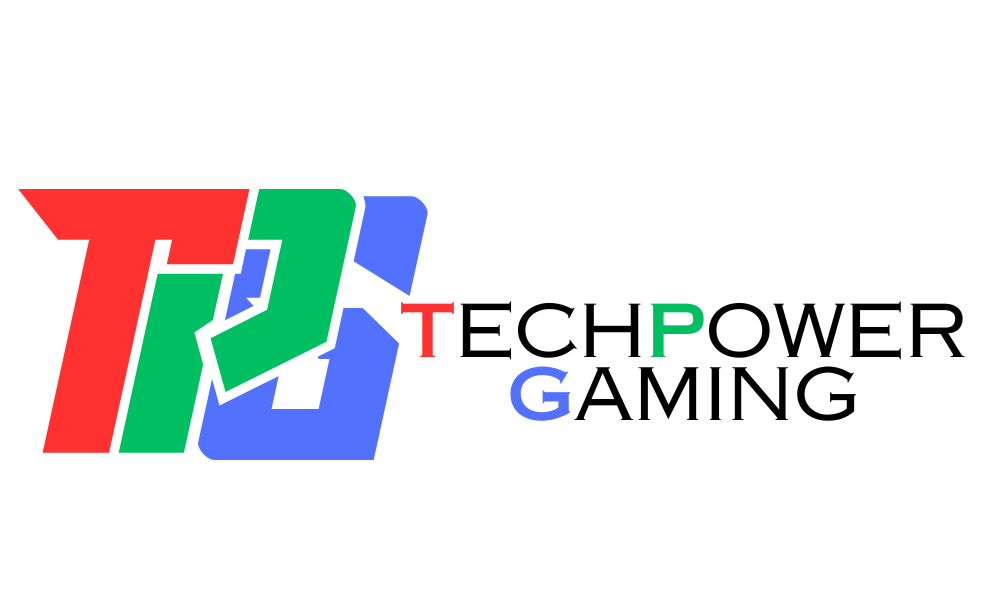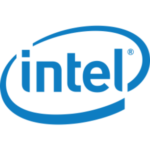In today’s digital world, malware and viruses have become a major threat to the security of personal computers. These malicious programs are designed to cause harm to computer systems, steal sensitive data, and disrupt normal operations. In this article, we will discuss the various types of malware and viruses that can infect PCs and their specific aims.
What is Malware?
Malware is a term used to describe any software that is designed to cause harm to a computer system. It includes viruses, trojans, worms, ransomware, spyware, adware, and more. Malware can be spread through emails, social media, malicious websites, and other means. Once it infects a system, it can cause a variety of problems, such as slowing down the computer, stealing sensitive data, and even rendering the system inoperable.
What is a Virus?
A virus is a type of malware that infects a computer by replicating itself and spreading to other systems. It can attach itself to files, programs, and other data on the computer and spread through email, network connections, and other means. Viruses can cause a range of problems, such as deleting files, corrupting data, and stealing sensitive information.
What are the Aims of Malware and Virus Attacks?
The aims of malware and virus attacks can vary depending on the type of malware and the attacker’s motivations. Here are some common goals of these attacks:
- Stealing Sensitive Information: One of the most common aims of malware and virus attacks is to steal sensitive information such as login credentials, financial information, and personal data. Attackers can use this information for identity theft, fraud, or other malicious purposes.
- Extorting Money: Some malware, such as ransomware, is designed to extort money from victims. Once the system is infected, the attacker will demand a ransom to restore access to the system or sensitive data.
- Disrupting Operations: Malware and virus attacks can also be designed to disrupt the normal operations of a system or network. This can cause significant damage to businesses and organizations by shutting down critical services or stealing confidential information.
- Spreading More Malware: Malware and virus attacks can also be used to spread more malware and infect other systems. This is often done through email attachments, social media, and other means of communication.
- Political Motivations: In some cases, malware and virus attacks can be politically motivated. These attacks are often aimed at governments, organizations, or individuals who hold opposing views or values.
Conclusion
Malware and virus attacks are a significant threat to the security of personal computers. The aim of these attacks can vary depending on the type of malware and the attacker’s motivations. To protect your system, it is important to have up-to-date antivirus software, avoid opening suspicious emails and links, and regularly backup important data. By taking these steps, you can significantly reduce the risk of malware and virus attacks on your PC.














